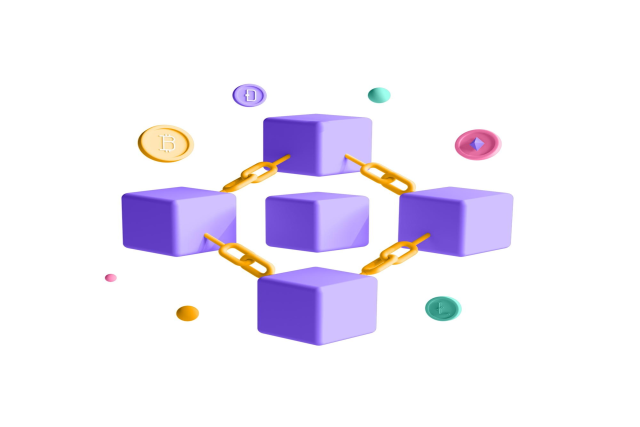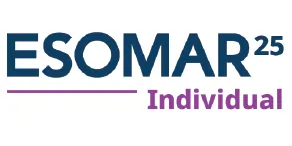
Digital communication is being transformed by quantum cryptography. Quantum cryptography, unlike conventional encryption techniques depending on complex mathematical algorithms, guarantees full security by using the ideas of quantum physics. The article discusses the main ideas and practical applications of quantum cryptography known as Quantum Key Distribution (QKD), as well as how it operates.
Understanding Quantum Cryptography
Particularly superposition and entanglement, quantum cryptography rests on the core concepts of quantum mechanics. Quantum systems can carry out operations classical systems cannot thank this.
Simply put, conventional encryption depends on sophisticated arithmetic work that theoretically may be cracked with enough computing power. Quantum encryption is inherently secure, though, because any effort to intercept or measure the quantum states of particles alters them, so eavesdropping is obvious.
Key Principles of Quantum Cryptography
- Heisenberg's Uncertainty Principle says that observe a quantum system disturbs it. Should an attacker try to intercept quantum-encoded information, the data will be changed, hence notifying the recipient and receiver.
- Unlike classical bits, which are purely 0s or 1s, a quantum bit (qubit) may simultaneously exist in many states until it is measured.
- Two or more particles can be entangled in quantum entanglements, such that irrespective of the distance between them, changes to one particle definitely influence the other one. This is feature ensure very secure communication.
What Is Quantum Key Distribution (QKD)?
Quantum Key Distribution (QKD) is one of the most important implementation of quantum cryptography. This enables two sides to safely share a cryptographic key. The most widely known QKD protocol is BB84, which uses polarized photons to transmit information.
How QKD Works (A Simple Analogy)
Imagine that Alice wants to send a lock box to Bob, but he needs to ensure that anyone stops the key. Instead of sending a physical key, she uses QKD, which works in this way:
- Alice sends a series of quantum-encoded messages to Bob using photons.
- Bob measures photons using a random base.
- If an eavesdropper (Eve) tries to stop photons, they will change by warning Ellis and Bob.
- If no tampering is detected, Alice and Bob use safe key for encryption.
Unlike traditional major exchanges, QKD ensures that if a key is intercepted, it becomes unusable, making data violations almost impossible.
Real-World Applications of Quantum Cryptography
Quantum cryptography is no longer just a theoretical concept; It is already being implemented in many industries.
1.Cybercity
With the rise of quantum computing, traditional encryption methods such as RSA and AE may eventually be obsolete. Quantum cryptography fundamentals provide an unwavering security layer, which prevent cyber attacks on sensitive data. Companies like IBM and Google are already investing in quantum computing and cyber security solutions, which are preparing for the post-quantum era.
2. Finance and Banking
Banks and financial institutions handle large -scale sensitive transactions per day. Quantum cryptography ensures that communication between banks, customers and payment processors is safe. In 2022, major financial organizations began testing the QKD-based transactions to prevent fraud and data violations.
3. Government and defense
Governments worldwide are investing in quantum encryption to secure classified communication and national security networks. The Chinese government successfully demonstrated a satellite-based QKD system, which can revolutionize safe global communication.
The Future of Quantum Cryptography
As quantum computing, the requirement of quantum-safe encryption becomes even more important. Research is increasing in quantum cryptography, developing hybrid security models with organizations that integrate classical and quantum encryption. While quantum cryptography theory provides unwavering protection, there are challenges, such as scalability and high cost. However, with continuous progress, quantum encryption may soon be the standard for achieving global digital communication.
Conclusion
Quantum cryptography represents the future of safe communication. By taking advantage of the basic laws of quantum key distribution (QKD) and quantum mechanics, it provides a level of protection that is impossible to get with traditional encryption methods. As the industry continues to adopt quantum cryptography fundamental, the digital world takes a completely safe quantum of the future. For wide perspectives on market trends, technological progress and investment opportunities at this place, check our quantum cryptography market page.






